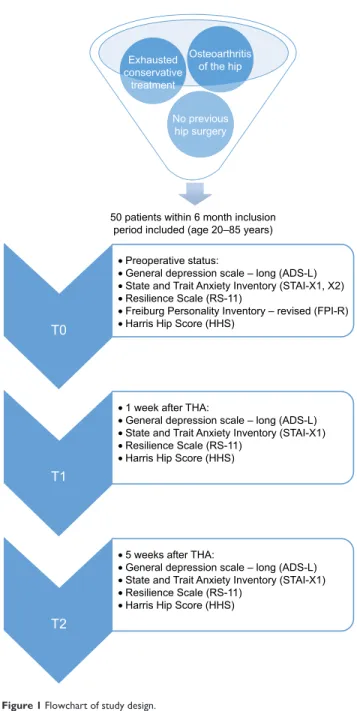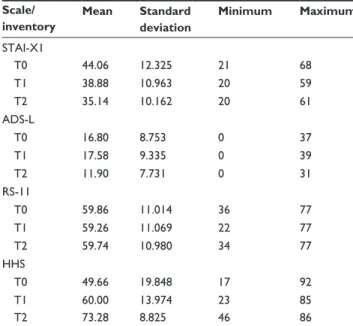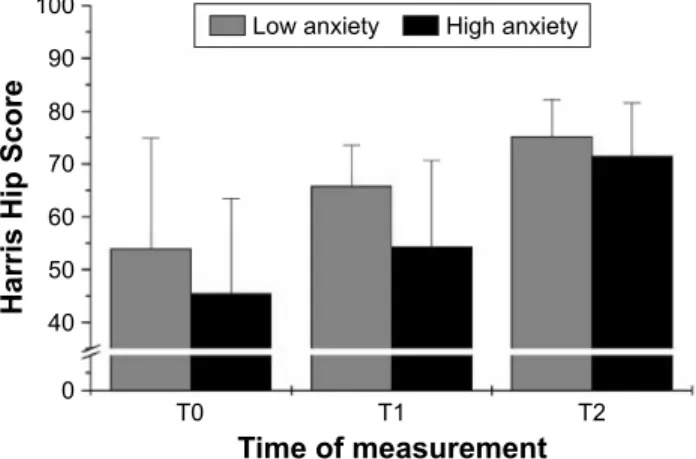ÄHNLICHE DOKUMENTE
level of the open end of the proximal neck piece, was calculated from the joint force vector 127.. and its distance ∆ from this point
Factors increasing the risk of taper corrosion were identi- fied in laboratory and retrieval studies: stiffness of the stem neck, taper diameter and design, head diameter, offset,
Baseline information of 18,968 patients older than 20 years with complete preoperative data sets regarding pain status, walking time without support, hip flexion range, and
necrosis of the femoral head (AVN) on the left side. A substantial destruction of the femoral head and the acetabular side was observed preoperatively. On the right side, an
results seen with the use of the traditional Müller acetabular reinforcement ring in primary THA [1, 15] and revision arthroplasty [14, 37, 44] as well as excellent results of
THE formation of periprosthetic ectopic cal- cification and ossification in the first months fol- lowing total hip replacement arthroplasty is well known.. (In this paper we will
Radiographic evaluation of early periprosthetic femoral bone contrast and prosthetic stem alignment after uncemented and cemented total hip prosthesis in dogs..
The lyre from Pythian 1 appears, as we have seen, in the opening lines of “A Poem Beginning with a Line by Pindar.” It is present by implication, because in Pindar it is the lyre


